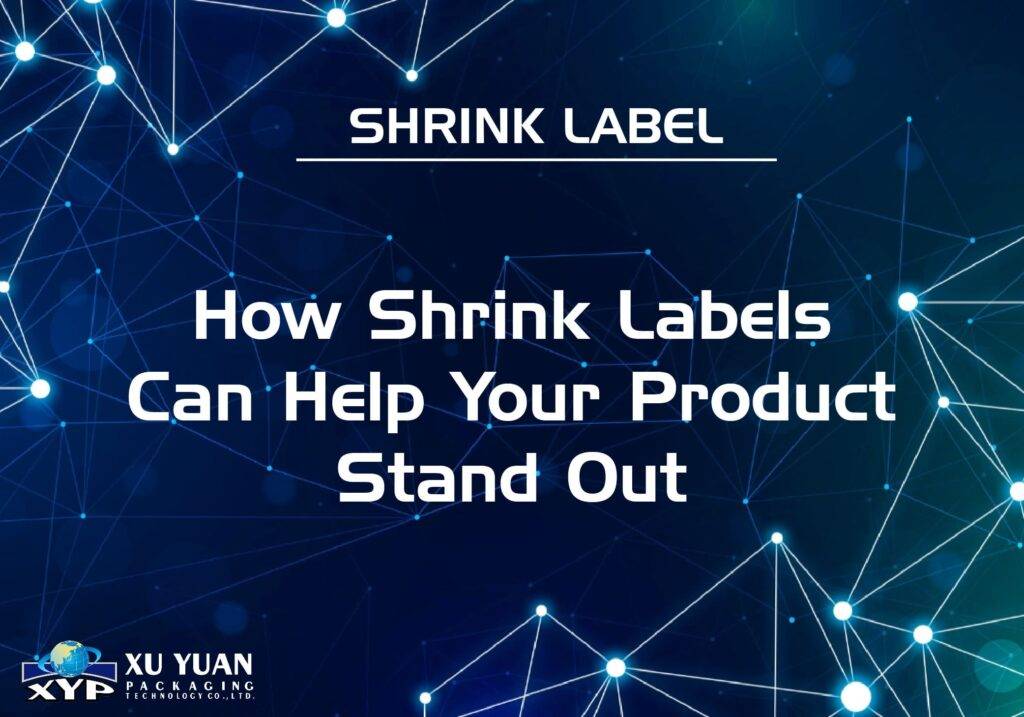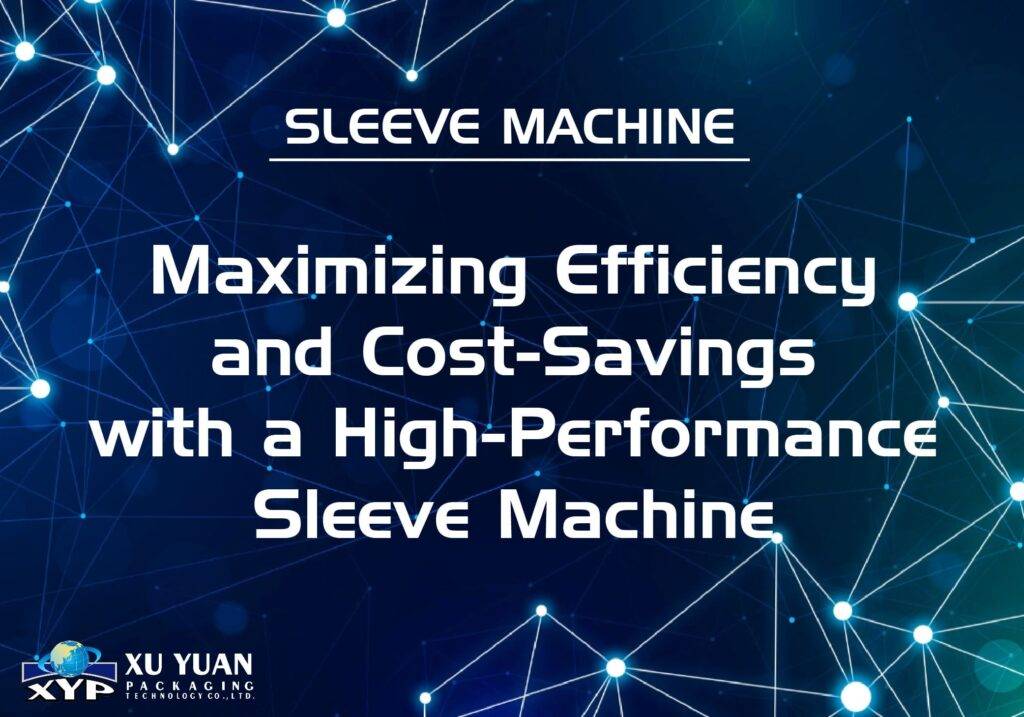As a packaging specialist, I have seen the vast impact that labels can have on the success of a product. The right label can catch a customer’s attention and increase sales. That’s why I wanted to share my insights on shrink labels and how they can help your product stand out on shelves.
Introduction to Shrink Labels and Their Benefits.
Shrink labels are a type of packaging that are applied to products using heat. The label shrinks and conforms to the product’s shape, providing a seamless and attractive finish. Shrink labels are available in a variety of materials, including PVC, PET, and OPS.
One of the primary benefits of shrink labels is their ability to be used on a wide range of packaging materials, including glass, plastic, and metal. This versatility allows brands to use shrink labels on a variety of products, from food and beverage to health and beauty.
Types of Shrink Labels - Full Body, Tamper-Evident, and Combination Labels.
There are three main types of shrink labels: full body, tamper-evident, and combination labels.
Full body labels cover the entire product, providing a 360-degree view of the branding and messaging. This type of label is ideal for products that require a lot of information or have a complex design.
Tamper-evident labels are designed to provide evidence of product tampering. This type of label is often used on food and beverage products to ensure the safety and integrity of the product.
Combination labels combine the benefits of both full body and tamper-evident labels. This type of label is ideal for products that require both branding and safety features.
How Shrink Labels Can Help Your Product Stand Out on Shelves.
Shrink labels are a great way to make your product stand out on shelves. The 360-degree view provided by full body labels allows brands to showcase their product in a unique and eye-catching way. This can help your product grab the attention of potential customers and increase sales.
In addition to their visual appeal, shrink labels also offer a tactile experience for customers. The label conforms to the product’s shape, providing a smooth and seamless finish. This can enhance the overall customer experience and increase brand loyalty.
Advantages of Using Shrink Labels Over Traditional Labeling Methods
Shrink labels offer several advantages over traditional labeling methods, including:
- Versatility: Shrink labels can be used on a wide range of packaging materials, including glass, plastic, and metal.
- Durability: Shrink labels are resistant to moisture, abrasion, and fading, ensuring that your branding remains intact.
- Cost-effective: Shrink labels are a cost-effective alternative to traditional labeling methods, as they require less material and labor to produce.
Designing Your Shrink Label - Tips and Best Practices.
Designing a shrink label requires careful consideration of the product and branding. Here are some tips and best practices to keep in mind:
- Keep it simple: A cluttered design can be overwhelming for customers. Keep your design simple and easy to read.
- Use high-quality images: The images on your label should be high-quality and representative of your brand.
- Consider color: Color can play a significant role in a customer’s purchasing decision. Choose colors that are representative of your brand and product.
Benefits of Using Shrink Sleeves for Packaging.
Shrink sleeves offer several benefits for packaging, including:
- Enhanced branding: Shrink sleeves provide a 360-degree view of your branding, allowing you to showcase your product in a unique and eye-catching way.
- Tamper-evidence: Shrink sleeves can be designed to provide evidence of product tampering, ensuring the safety and integrity of the product.
- Increased durability: Shrink sleeves are resistant to moisture, abrasion, and fading, ensuring that your branding remains intact.
How to Apply Shrink Labels to Your Product.
Applying shrink labels to your product requires specialized equipment and expertise. Here are the basic steps:
- Choose the appropriate label material for your product.
- Design your label, keeping in mind the product’s shape and branding.
- Print your label using specialized equipment.
- Apply the label to your product using heat.
- Inspect the label for quality and consistency.
Cost Considerations of Using Shrink Labels.
The cost of using shrink labels depends on several factors, including the label material, design complexity, and production volume. While shrink labels are generally a cost-effective alternative to traditional labeling methods, it’s essential to consider the cost of specialized equipment and expertise required for label application.
Common Mistakes to Avoid When Using Shrink Labels.
Here are some common mistakes to avoid when using shrink labels:
- Choosing the wrong label material for your product.
- Overcomplicating your label design.
- Failing to properly inspect your labels for quality and consistency.
Conclusion and Future Outlook for Shrink Labels in the Packaging Industry.
Shrink labels offer a versatile and cost-effective alternative to traditional labeling methods. Their ability to be used on a wide range of packaging materials and provide a 360-degree view of branding makes them a popular choice for many brands. As technology continues to advance, shrink labels will likely become even more popular in the packaging industry.
In conclusion, shrink labels can help your product stand out on shelves and enhance the overall customer experience. By designing a label that is both visually appealing and representative of your brand, you can increase sales and brand loyalty. If you’re interested in using shrink labels for your product, I encourage you to reach out to a packaging specialist for more information.



